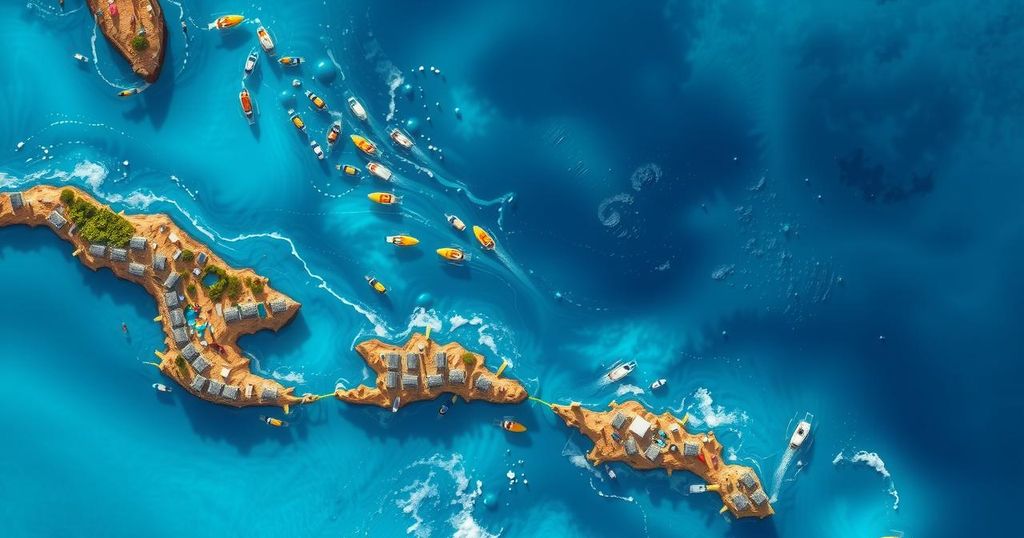Early Signs Indicate Trends for the 2025 Hurricane Season Ahead

The early signs for the 2025 hurricane season indicate it may be less active than 2024, although a marine heat wave could strengthen storms. Sea temperatures in the Main Development Region are cooler than last year but still warm. A neutral Pacific and an active West African monsoon are also key factors. Preparations should continue irrespective of forecasts, as one storm can cause significant impact.
The upcoming 2025 hurricane season, starting in just two months, is being closely monitored due to early indications suggesting it may not match last year’s hyperactivity. While the season could still be bustling, various factors hint at a potentially calmer approach compared to previous years. A marine heat wave lingers in the Caribbean Sea and Gulf of Mexico, which could intensify storms, yet a waning La Niña typically associated with increased hurricane activity may counterbalance this.
During the period from August to October, tropical storms develop within the Main Development Region (MDR) of the tropical Atlantic Ocean. Warmer sea temperatures in this region predict higher storm activity. The MDR has shown a decrease in warmth compared to last year, although it remains unusually warm overall. Hurricane expert Michael Lowry suggested that the decline in sea temperatures could yield a less active season relative to recent years.
The influence of El Niño and La Niña patterns on hurricane frequency is paramount. La Niña has diminished, positioning the Pacific Ocean in a neutral phase. Although neutral years can result in active hurricane seasons, understanding these conditions poses challenges due to the spring predictability barrier, which complicates forecasts for the upcoming season.
Additionally, the marine heat wave present in the Caribbean Sea and western Gulf of Mexico leads to above-average ocean temperatures. Such conditions have historically provided ample moisture for storm formation and extreme rainfall, as seen last year with hurricanes deriving energy from these warm waters.
The West African monsoon, which typically starts in June, also influences storm activity. Current indications suggest a more active monsoon season than average, potentially enabling more storms to form over the Atlantic. However, variability in monsoon effects complicates predictions, as historical patterns show storms may deviate towards drier areas.
While precise predictions for the timing or locations of storms remain elusive, forecasters employ various metrics to gauge the upcoming hurricane season’s intensity. With averages suggesting 14 named storms, seven hurricanes, and three major hurricanes, the outlook for 2025 hints at a slightly above-average season as the extreme characteristics from 2024 recede. Lowry emphasizes the importance of consistent preparedness, stating, “Emergency managers and disaster planners don’t alter their plans based on the seasonal outlooks… Prepare this year as you would any other year. It only takes one bad hurricane to make it a bad season where you live.”
In conclusion, the 2025 hurricane season is shaping up to be potentially less active than last year’s record yet remains unpredictable. Factors such as sea temperatures in the MDR, the influence of El Niño and La Niña, marine heat waves, and the West African monsoon will significantly impact storm formation. Nevertheless, preparedness remains pivotal, as even a single impactful storm can define the season’s severity.
Original Source: www.washingtonpost.com







